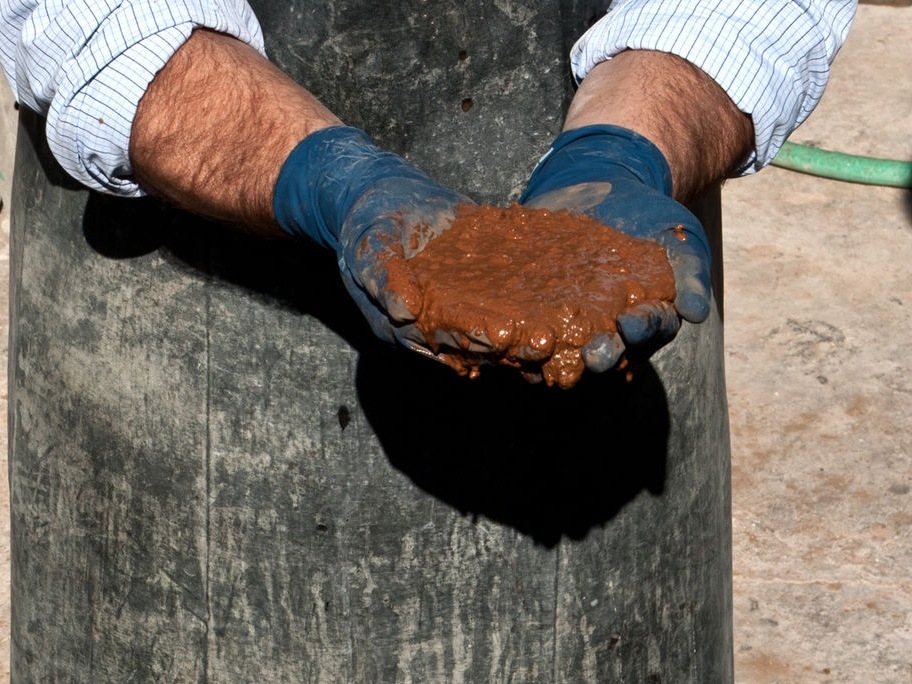How to Mix Concrete
Learn how to mix concrete in a motorized drum-style concrete mixer with Sakrete 5000 Plus and CX Precast Concrete Countertop Pro-Formula Mix.
A motorized concrete mixer is necessary for larger projects, like concrete countertops. You can typically get one from your local home improvement center or equipment rental yard. If you plan to cast concrete countertops or another custom precast concrete project, a motorized concrete mixer will be one of your shop necessities.
Mixers come in different volumes; the most common is a 9 cubic-foot mixer. 9 cubic feet is the mixer’s total volume, but the batch volume is 6 cubic feet, meaning you can only mix up to 6 cubic feet of concrete at a time. You can mix up one batch for larger pours, dump it in a wheelbarrow, and then begin mixing the next batch.
What You’ll Need
The Mixer You’ll Need
- 12 ft3 mixer = 9.5 ft3 batch capacity
- 9 ft3 mixer = 6 ft3 batch capacity
- 5 ft3 mixer = 2.5 ft3 batch capacity
Step 1 – Determine How Much Concrete to Mix
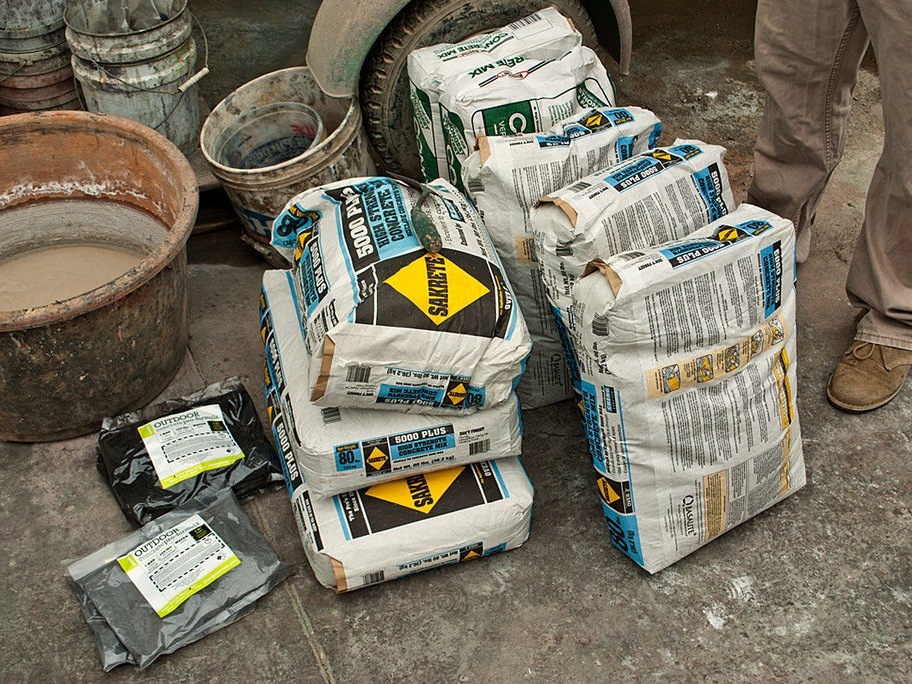
Step 2 – Add Dry Materials to the Mixer
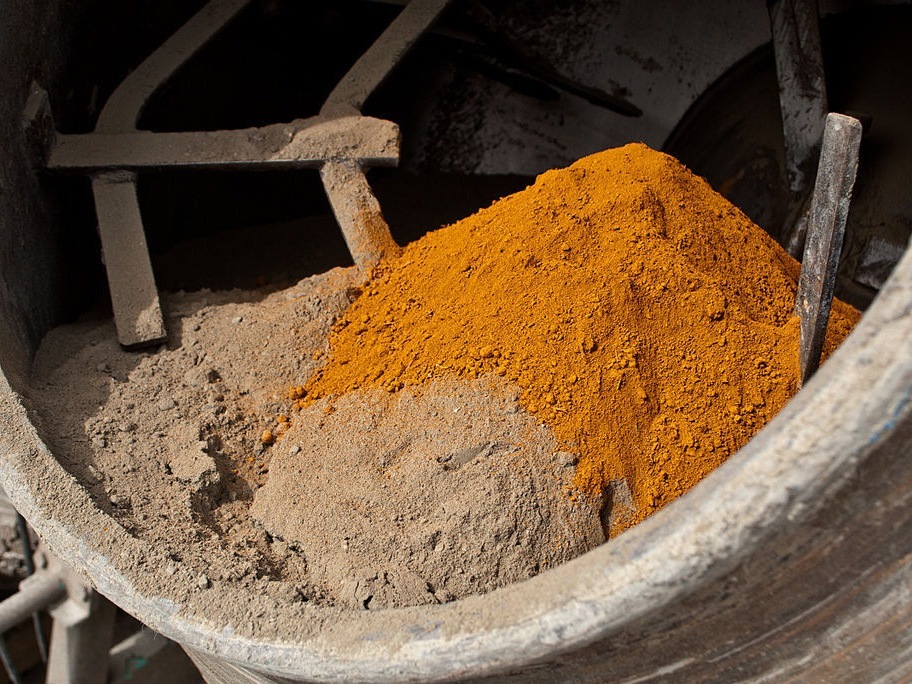
Step 3 – Cover the Mouth of the Mixer
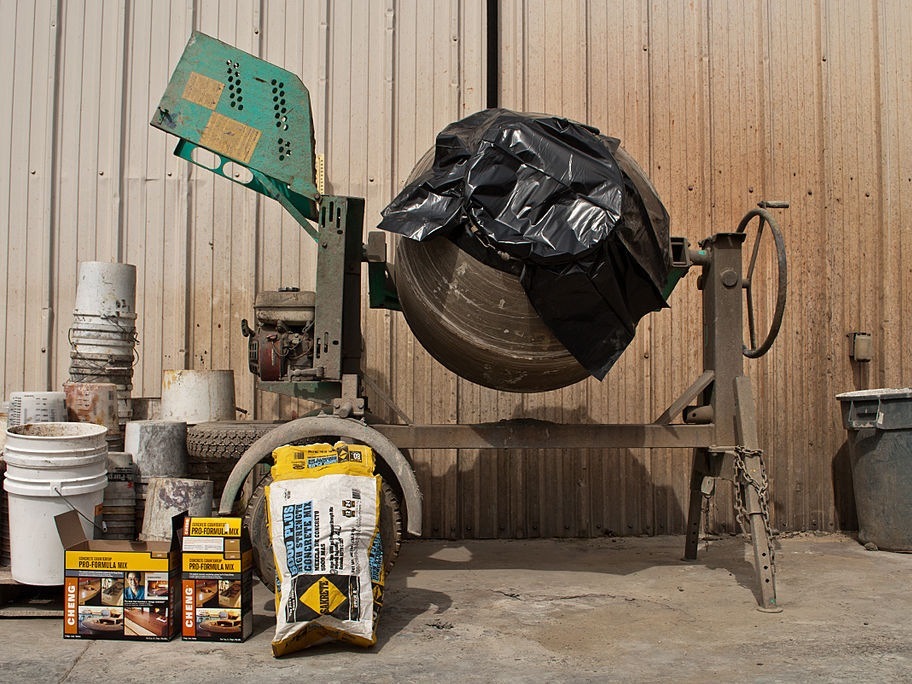
Step 4 – Blend the Dry Mix Components
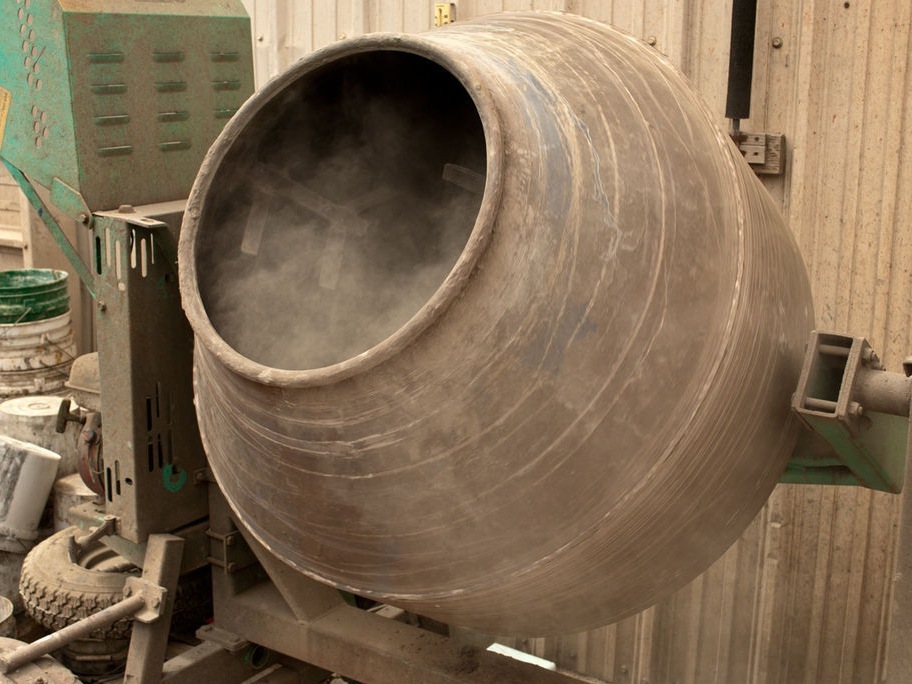
Step 5 – Measure and Add the Water
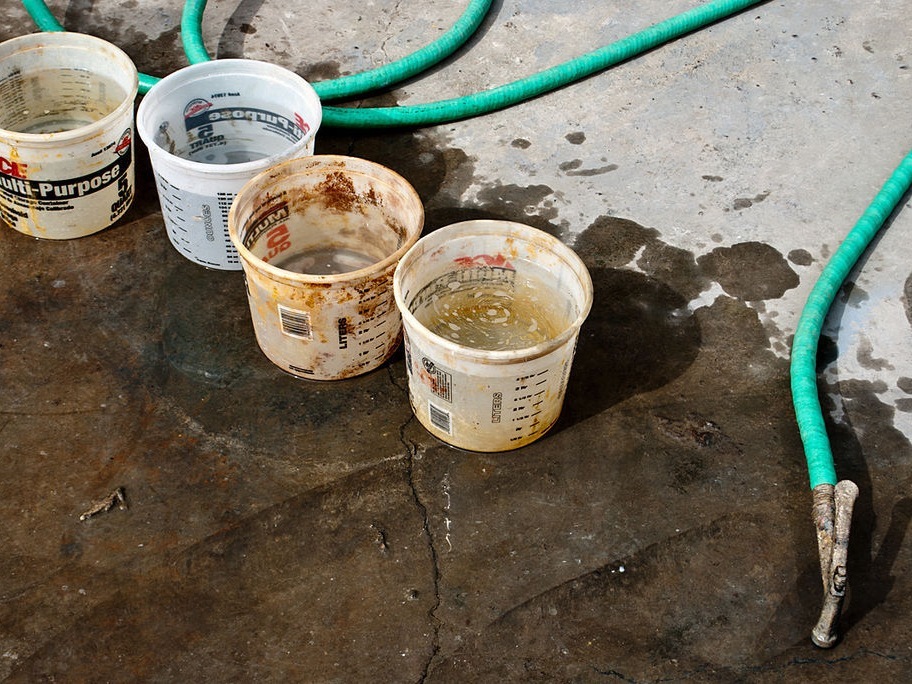
Step 6 – Check Consistency
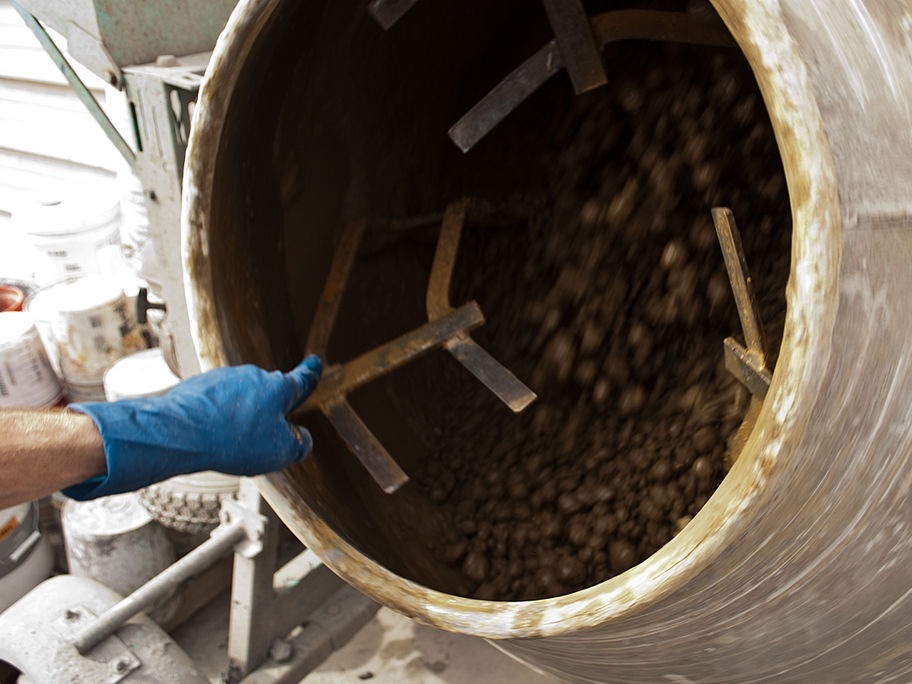
Step 7 – Final Check and onto Casting
